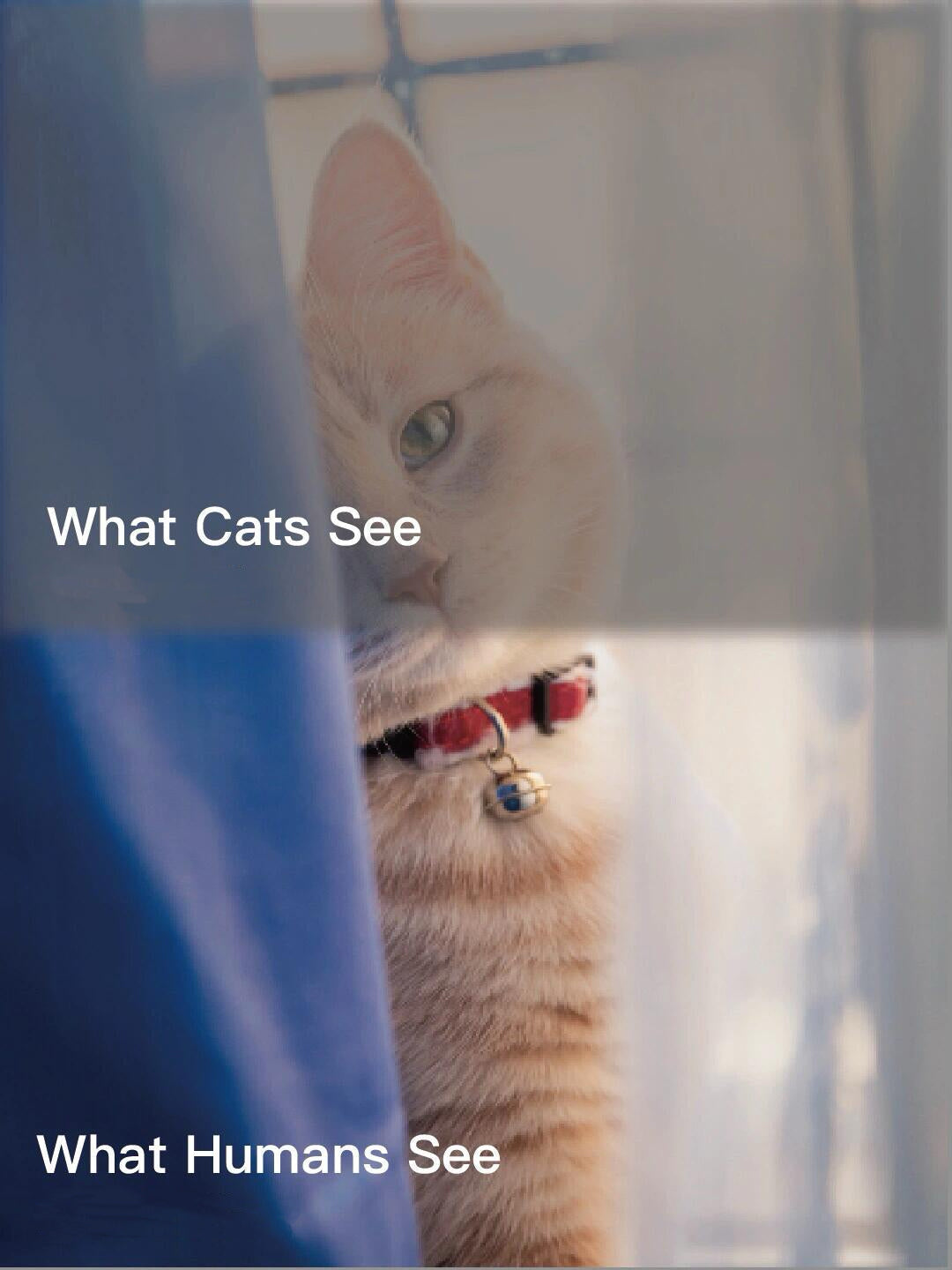
Their vocalizations might be seeking your help or expressing affection.
They express a wide range of emotions just like us, and although we don't even speak at each other's words, we can express our love to each other with our bodies and actions
Whether your cat is chatty or has a reserved personality, you’ve likely observed that they produce a variety of sounds—short, long, urgent, or gentle. Some facts may surprise you: cats can make around **30 distinct sounds**, and even the simple "meow" carries at least **7 different meanings**. Below are explanations of some of the most common feline vocalizations.
CHIRP
This is a short, sharp trill from the throat, rising in pitch at the end. Mother cats use this sound to gather their kittens. When directed at humans, it often means *"I’m so happy you’re home!"* or *"Oh, there you are!"*

MEW
This high-pitched, urgent squeak is often a demand for immediate action, such as *"Fill my bowl now!"* or *"Let me outside!"* Kittens use this sound to call for their mother’s care, and adult cats reserve it for those they trust deeply.

MEW
This high-pitched, urgent squeak is often a demand for immediate action, such as *"Fill my bowl now!"* or *"Let me outside!"* Kittens use this sound to call for their mother’s care, and adult cats reserve it for those they trust deeply.

HISS
A sharp, explosive "hsss!" is a clear warning meaning *"Back off!"* Cats make this hissing sound before lashing out with claws, indicating fear, anger, or extreme discomfort.

MOAN
A drawn-out, mournful wail signals pain, fear, or resistance. Cats may emit this sound before vomiting hairballs or during stressful situations like vet visits. Generally, cats will also have ears flattened backwards like an airplane, and will keep licking their lips, that is, he feels scared and nervous, generally at this time we have to try our best to appease their emotions, but also be careful not to be scratched by children, their paws at the moment are in an attacking state
CACKLE
A rapid "ekekek" chattering occurs when cats spot prey (e.g., birds) or play with feather toys. This instinctive hunting response is thought to mimic bird calls—a tactic possibly learned from their mothers.

